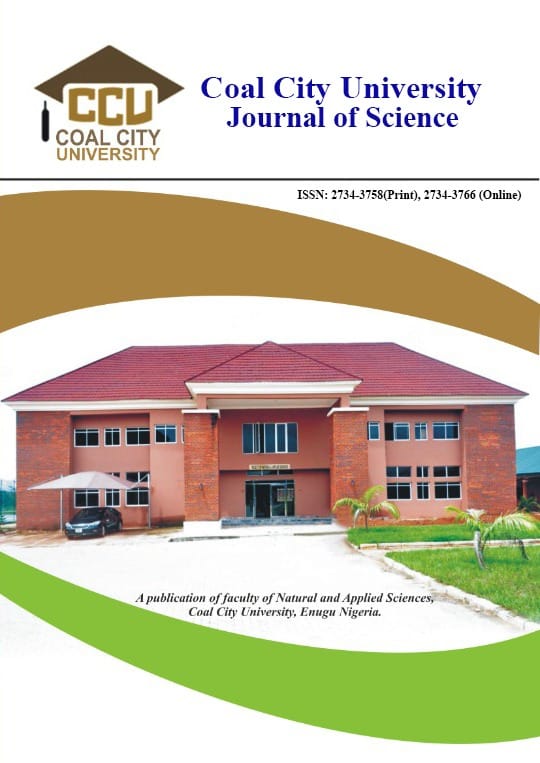PREVALENCE OF QUINOLONE RESISTANCE IN SALMONELLA ISOLATED FROM POULTRY INTESTINES
Abstract
This study was designed to evaluate the prevalence of quinolone resistance in Salmonella spp. isolated from poultry intestines. A total of 25 poultry intestine samples were aseptically collected from poultry farms in Abakaliki metropolis using sterile swab sticks and properly labeled. The samples were immediately transported to the laboratory for microbiological analysis. Sample processing, bacterial isolation, and identification were carried out using standard microbiological procedures. The antibiotic susceptibility patterns of the isolates were determined using the standard Kirby-Bauer disk diffusion method and interpreted according to the guidelines of the Clinical Laboratory Standards Institute (CLSI). The results revealed the presence of Salmonella spp. in poultry intestines. Antibiotic susceptibility testing showed that the highest sensitivity rate was associated with cefepime, with 80% sensitivity recorded against the Salmonella strains. Conversely, the highest resistance rate was observed with amoxicillin and ofloxacin, both of which recorded 100% resistance, followed by levofloxacin, ciprofloxacin, and norfloxacin, each with 93.3% resistance. In conclusion, this study demonstrates that Salmonella strains isolated from poultry intestines in Abakaliki harbor quinolone-resistant genes, posing a potential public health concern.




